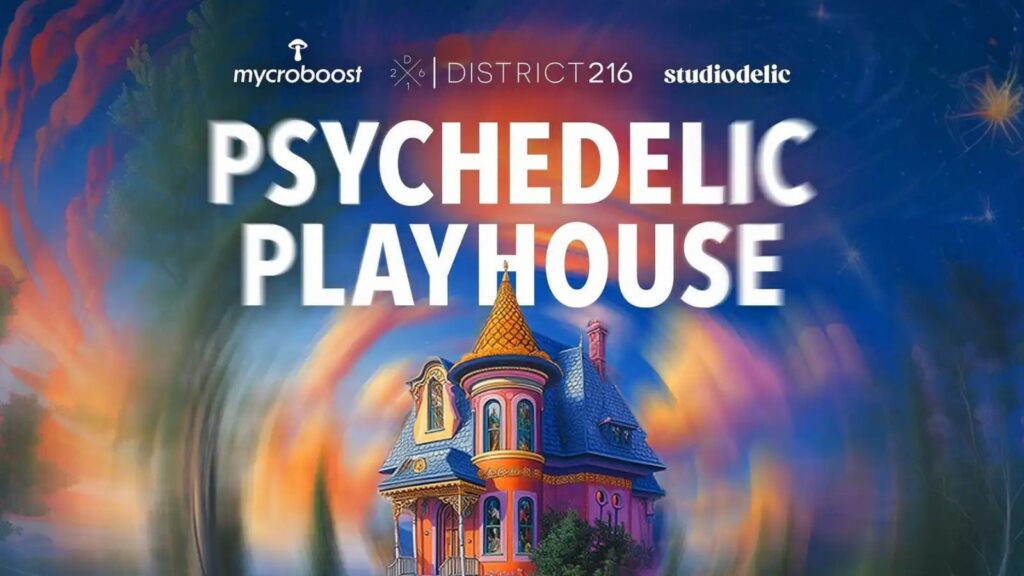Having posted twice on Reality Sandwich about the noosphere, I sense the need to pause and assess the Gnostic perspective that keeps coming up in this context.
The Gnostics were sophisticated seers who belonged to a millennial pagan tradition that was brutally suppressed at the rise of Christianity. Almost no direct evidence of their views survived until the discovery of papyrus books at Nag Hammadi in 1945. But even these texts do not present a clear and consistent version of Gnostic thought. On metahistory.org and in my book Not in His Image, I have tried to restore what I consider to be genuinely Pagan, pre-Christian elements of Gnosticism. I do not claim to present the only valid version of Gnostic thought. I present a reconstruction of Sethian-Ophite teachings on the Divine Sophia, teachings marked by stringent anti-Christian, anti-salvationist elements.
I am not the only one fascinated by Gnosticism, of course. There is huge traffic on this topic on the Net, including such sites as palmtreegarden.org. Gnostic revivalist groups have existed for over a century, and more are forming continually across the world. The Da Vinci Code introduced the mainstream to Gnostic views, but in a misleading way. Spinning off the expose of the Priory of Sion conspiracy in Holy Blood, Holy Grail (1986), The DVC pointed to Gnostic texts to support the story that Jesus and Mary Magdalene had children who founded the blood-line of European theocracy, starting with the Merovingians around 450 CE. Although one Gnostic text, the Gospel of Philip, presents a cameo of a presumed Jesus kissing Mary Magdalene, Gnostic materials do not support a theocratic agenda. Gnostics rejected procreation and defied the master plan of a paternal father god.
But this is ancient news. Searching for lost truth can blind us to the truth staring us in the face – right under our gnoses, you could say. Can Gnostalgia – looking back at what such mystics thought in a bygone time and setting – offer a viable spiritual orientation for our time? Why we are so compelled to delve into what the Gnostics thought? Who cares what they thought?
Responses to my previous post, “The Trap of Simulation,” raise the tricky subject of “anti-cosmism.” This is scholar’s jargon for the presumed Gnostic view that matter is evil, the product of an inferior deity, and the human soul is a “divine spark” imprisoned in a mortal carcass. In this view, the aim of spirituality is to free the soul from material confinement so that it can return to a disembodied state in the Pleroma, the realm of the gods. In Gnostic-Christian syncretism, Jesus Christ is the central agent in this redemptive drama of escapism.
I say “presumed” view because an increasing number of scholars now regard Gnostic anti-cosmism as disinformation, and seriously wrong. This is not what the pagan mystics thought, but what was attributed to them by their Christian adversaries, themselves known for their hatred of this world, their fear of nature, and their loathing of the female sex. In other words, Gnostic rejection of the body and the sensuous world is a projection of misogynist world-hatred originating with the Church Fathers who condemned the pagan visionaries as heretics, and strove to eliminate them. Which they did, almost without a trace.
But this is not even ancient news. It is tedious modern comment on ancient news. And again, I have to ask: Who cares what happened to the Gnostics? Why does it matter to us today?
Most readers of Reality Sandwich will have their own opinion about why Gnostic views are of value today. To me, the significance of Gnosticism for our time might be determined by how we regard two issues: the alleged “capture of the divine spark,” and the role of Sophia, the fallen goddess in Gnostic creation myth. If the capture of the divine spark in material darkness was not the main concern of the Gnostic seers, what was? I maintain that they warned us, not of a divine essence trapped in matter, but of the spark of divine intelligence (nous, root of the word noosphere) that can be deviated by simulation, the subterfuge of mind parasites called Archons. This is relevant to our world because IT and cybernetics resemble Hal, Archotic simulation. If the Gnostics were on the right track, the virtual technologies we invent can deviate us from the realization of our own minds.
Hal can also be a potent tool for political deception and mind control. The online movie Zeitgeist explains that mock attack exercises (“a live-fly hijack drill”) involving the insertion of false radar blips were being carried out at the moment of the 9/11 attacks. NORAD had over 20 alerts to respond to, and no way to tell the real attacks from simulated ones. The movie also alleges that in London anti-terrorist teams were staging simulated attacks in the same stations at the same times as the July 7 tube bombings.
Gnostalgia – looking back to what Gnostics thought – could be a valuable exercise. But it depends on how we see what they thought; even more so, on how we reconstruct and apply it. I maintain that the capture of the divine spark scenario is not only inaccurate regarding what pagan Gnostics thought, but harmful to modern spirituality, because it endorses escapism and fosters a false, narcissistic sense of human divinity. If the real problem we face is simulation, losing our minds to our own models and inventions, then concern about the capture of the divine spark merely confuses the issue, and the Gnostic warning goes unheeded. An essential correction has to be made before we can recognize the Gnostic message about nous, and advance to a better understanding of our cosmic role as a species. The advance comes with participation in the evolutionary designs of Sophia, the goddess who morphed into the earth. We are given nous by the gods (the Pleromic Aeons, in Gnostic terminology) so that we can participate in their activities and co-evolve with them, not so that we can become gods. We co-evolve as humans in a divinely originated and guided process. Mythopoetically speaking, we are expressions and instruments of deific imagination.
Credence in the capture of the divine spark scenario suggests a notion of human divinity which, personally, I find to be delusional, no matter how you cut it. My experience in experimental mysticism (with and without entheogens) has showed me that I come closest to the Divine when I am egoless, selfless, surrendered to ecstatic knowing of the Other, without a permanent essence to liberate. The mind in naked awareness of its source is self-liberating, Dzogchen says. This is consistent with Gnostic teachings and disciplined entheogenic practice. There is no license to play god or presume a god-like status for humanity in the Mystery teachings that I have painstakingly retrieved and restored. Egodeath and selfless immersion in nature are the dual signature of Pagan initiation, not inflation and escapism.
Gnostalgia immerses us in the murk of old theological quandaries full of contradictions, stated in corrupt syntax. The viable path of Gnosis for today leads to knowing Gaia, because Gaia, the name we give to the living intelligence of the earth, is identical with Sophia, the fallen goddess of Gnostic mythology. Rather than indulge in Gnostalgia, how can we enter the co-evolutionary path blazed by those ancient seers? Rather than bicker about what Gnostics said, when do we begin to practice our own Gnosis? It’s a question those of us who are seriously attracted to Gnosticism all have to face, sooner or later.















